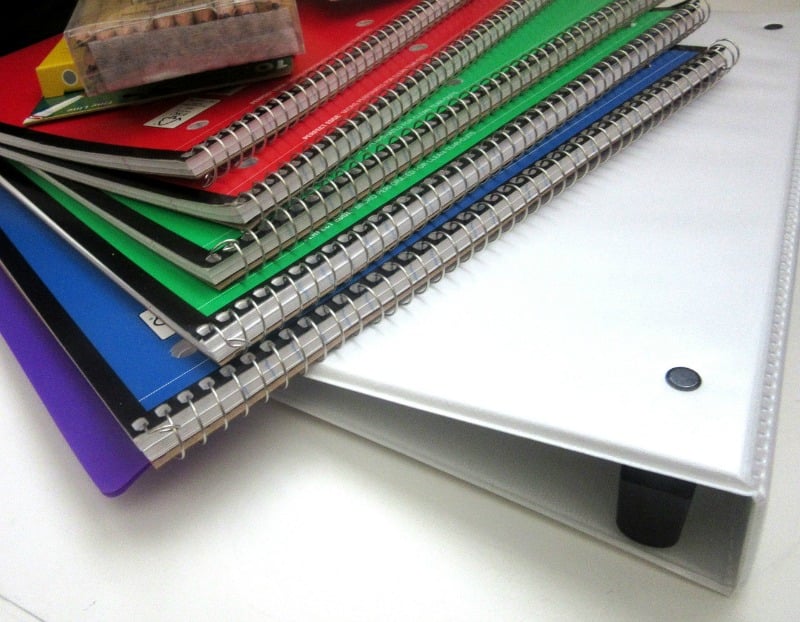 Via
Pixabay (2016), CC0 Public Domain
Via
Pixabay (2016), CC0 Public Domain
When I taught Organizing by STYLE to elementary school kids, I brought lots of goodies with me to class — containers in a variety of styles, colors, patterns and closures. None of these tools was fancy or expensive (most cost less than $5), yet my students had fun playing with them: holding them in their hands, opening and closing them, imagining their use. One student was so enamored of a clear blue accordion folder that he tucked it into his desk, hoping I wouldn’t notice. I could have been upset with him for what certainly seemed to be a dishonest act, but instead, as he sheepishly handed it back to me, we had a good laugh over how much he loved a simple school tool.
Getting these tools into my students’ hands was an important part of teaching them about organization. Not only did it keep them interested in what’s typically a pedestrian topic, but it also allowed them to discover the key components of any containers for themselves.
The form of the container is its size, shape and physical attributes. Does a three-inch binder fit inside a fifth grader’s desk? Does that accordion folder have sections large enough to hold a thirty-page social studies packet? Will the pencil box still close once all of the loose items inside the desk have been put into it?
The function of the container is exactly what it sounds like — the purpose it will serve. Sure, the leopard print organizer is pretty, but how will you use it? What organizational problem will it solve? What dysfunctional space might it rescue?
While form and function are practical aspects, style refers to the aesthetics of the container -- color, texture, pattern and attractiveness. Seemingly less important than form and function, style should nevertheless be a factor; a container is useless if it sits in a drawer, unused. Most of my fifth-grade boys wouldn’t have used the swing clamp folder with the flower print, but many told me they would use it if it were camouflage (the number-one answer for a replacement print). The style of a container is not a frivolous consideration; it often determines whether or not we will use the container.
Giving my students the opportunity to explore containers at their desks (in their natural habitat, as it were), allowed them to look at a variety of containers from a practical perspective. This experience helped the kids determine firsthand (without pain of purchase) whether or not the container that had style appeal was also functional and whether or not its form suited their needs.
As adults, we need to consider these things, too. We may be less vulnerable to branding and peer pressure than our kids are, but how often do we settle for "okay" when a little bit of exploring could lead us to "just right"?
[tweet "How often do we settle for 'ok' when a bit of exploring could lead to 'just right'? -@L2Hess"]
Next time you need to find a new or replacement container, try to give yourself the luxury of time when you go shopping. Pick it up. Hold it in your hands. Explore it. Will it simply do, or will it be just right?
Copyright 2017 Lisa Hess
About the Author

Lisa Hess
Transplanted Jersey girl Lisa Lawmaster Hess is the author of a blog compilation, three novels, and three non-fiction books, including the award-winning Know Thyself: The Imperfectionist’s Guide to Sorting Your Stuff. A retired elementary school counselor, Lisa is an adjunct professor of psychology at York College of Pennsylvania. She blogs at The Porch Swing Chronicles, Organizing by STYLE, and here at Catholicmom.com. Read all articles by Lisa Hess.


.png?width=1806&height=731&name=CatholicMom_hcfm_logo1_pos_871c_2728c%20(002).png)
Comments